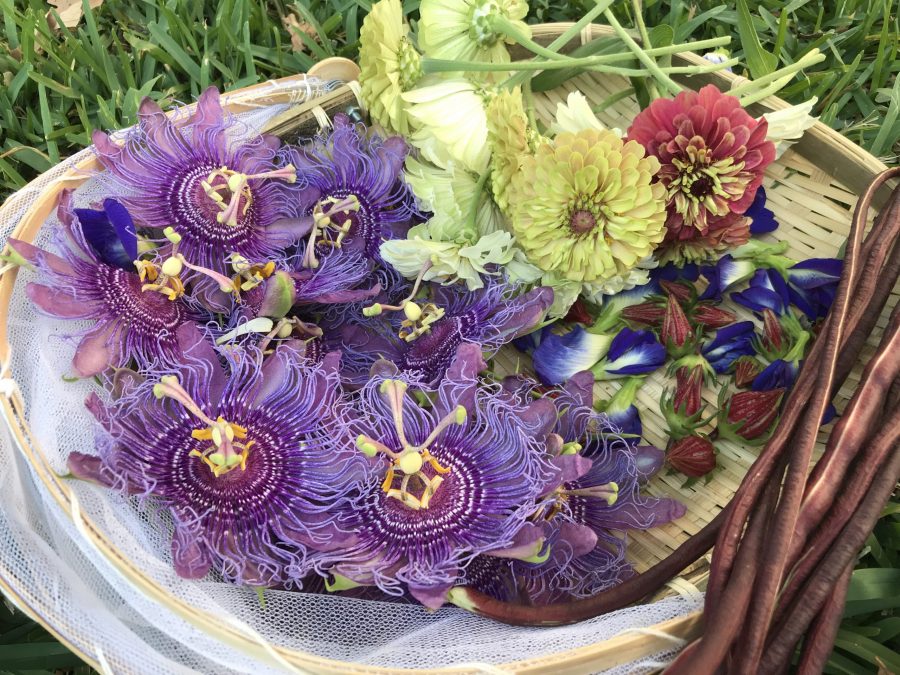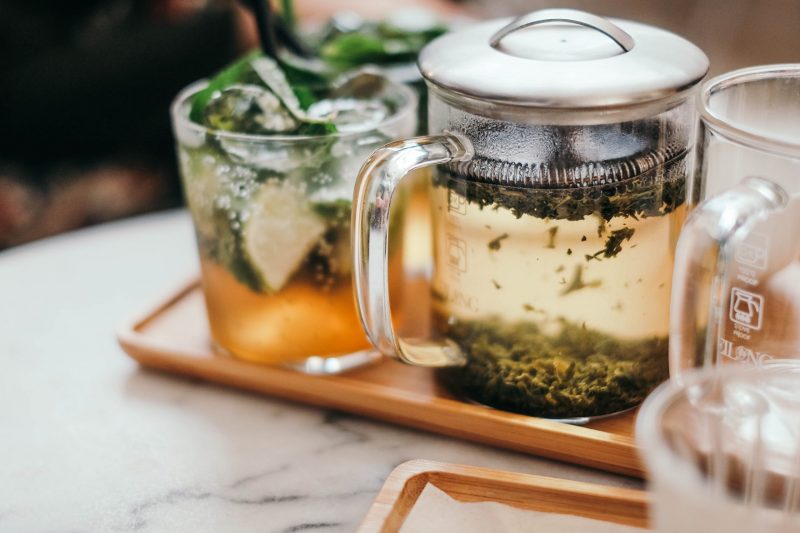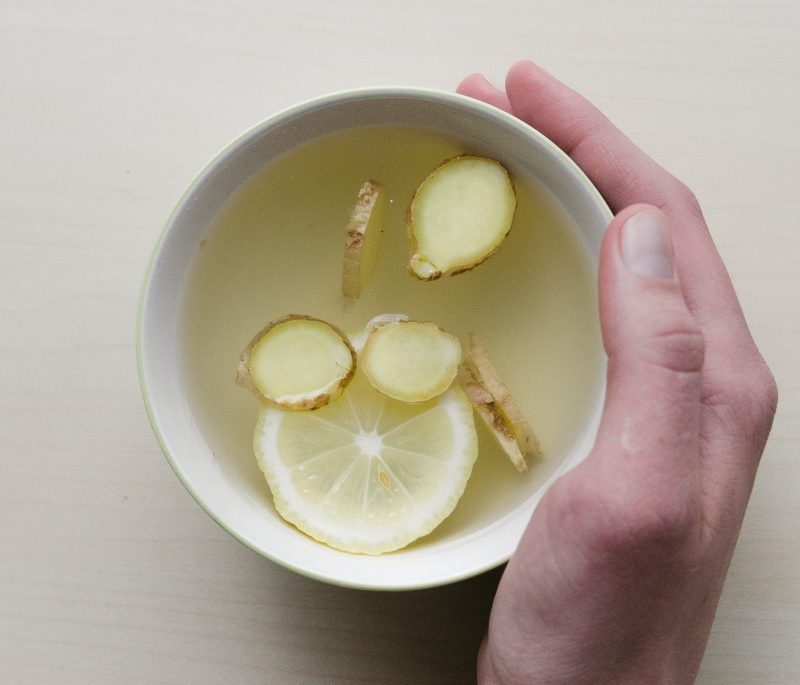Disclaimer: This post contains affiliate links. Please read my full disclaimer here.
Disclaimer 2: This post is for educational purposes. Use your due diligence if you decide to use these teas for any medical treatment.
Going through a book about tea gardens, I was surprised by how many common backyard flowers are suitable for tea. Some of these flowers are even considered weeds and are doused with herbicides to get rid of them. In this post, I will share a few of the flowers you might have in your garden, which you might not be aware of their health benefits.
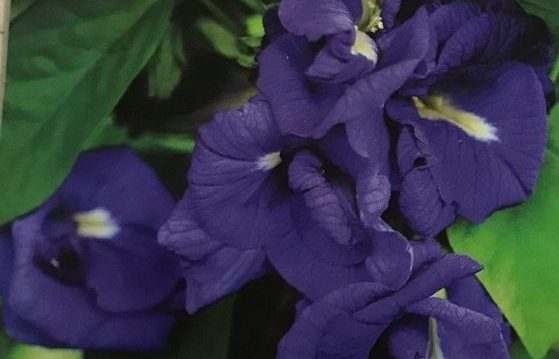
Butterfly pea flower
Grows mainly in South East Asia, butterfly or blue pea flower is a beautiful vining plant. It is perennial in warm climates and annual in regions with cold winters. The leaves of the plant look very much like star jasmine leaves. The flower has a stunning royal blue color with a tinge of white on the lip. It resembles regular pea flowers with double petals and a slightly bigger size. The vine blooms daily, for it never runs out of color.
Benefits of the blue butterfly pea flower
Due to its health benefits, the blue butterfly pea flower makes a great drink. South Asian people are the number one consumers of this flower. They make warm, comforting teas or cold refreshing drinks that slow down aging and promote good hair health.
According to netmeds.com, it has a high content of antioxidants, polyphenols, and flavonoids, which help improve the mood, regulate digestion, and improves skin health,
How to grow blue butterfly vine?
Grow blue butterfly vine from seed, for it is not available in nurseries. Start them in late fall or early winter. It takes a few weeks for the seeds to germinate. Plant them outside as the weather warms up in a full sun location, ensuring some support. Harvest the flowers regularly to promote blooming.
How to make blue butterfly tea?
To make a cup of blue butterfly tea, pour hot water over five to seven flowers. Cover and allow to steep for ten to fifteen minutes. The flavor of this tea is very earthy and might be bland for some people. You can enhance its taste by adding lemongrass or lemon juice to the tea.
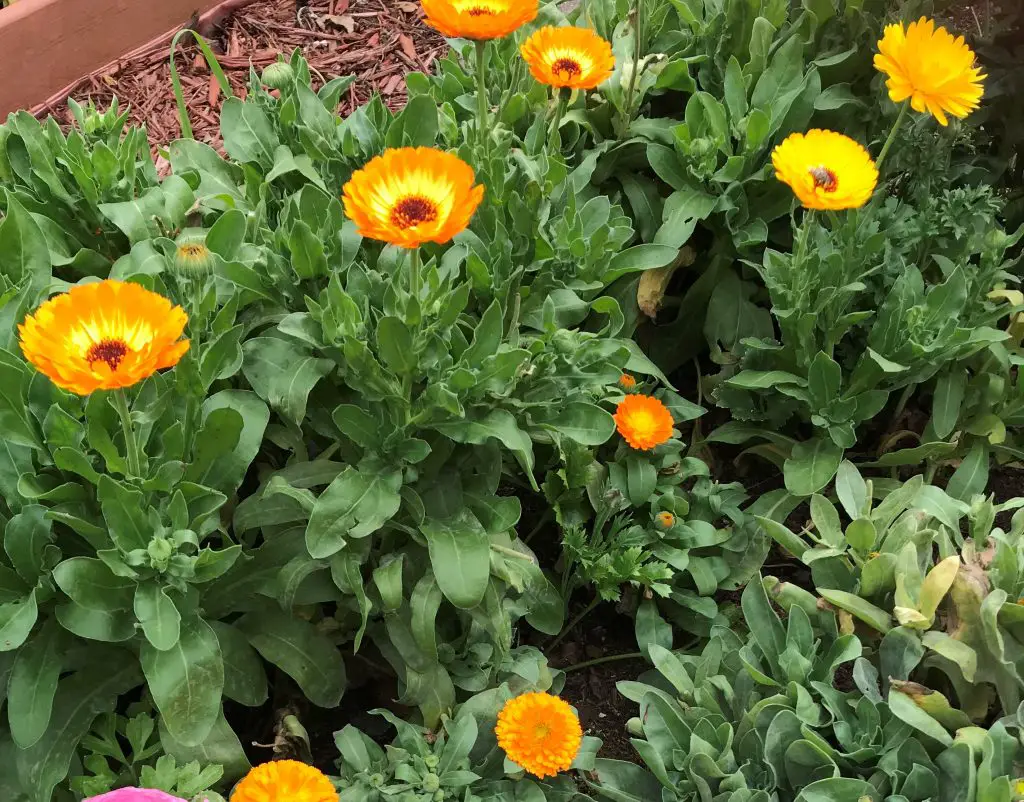
Calendula
Calendula flower is well-known among gardeners as a companion plant. Sadly, it does not get the credit it deserves for all the health benefits it offers. It is rich in antioxidants, anti-inflammatory, and anti-bacterial properties. It is mainly made into creams and balms to heal skin irritations.
How to grow calendula?
Calendula is a hardy annual that grows easily from seed. Start it in late summer and plant it when the temperatures cool. Harvest the bloom after the morning dew has dried, and there is no need to remove the petals from the base for drying.
How to make calendula tea?
To make calendula tea, steep two tablespoons of dried or fresh calendula flowers in one cup of hot water. Cover it and set it aside for fifteen minutes.
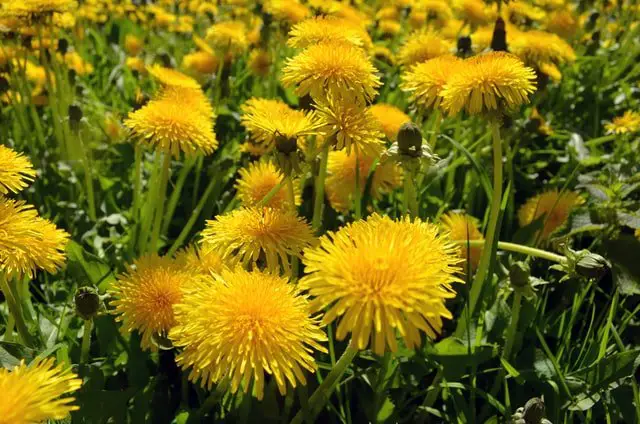
Dandelion
It was interesting to learn that the most dreaded weed by homeowners is a powerhouse of health benefits. Every part of the dandelion plant is useful in Oriental medicine. It is rich in vitamin C, fiber, potassium, beta-carotene, and protein. In addition, you can use the flowers and leaves in salads.
How to grow dandelion?
Dandelions are a foraging type of plant and are not commercially available. So instead, take a stroll in the backyard or park without chemical treatment and pick the wild plants.
How to make dandelion tea?
Make dandelion tea from flowers or leaves. They both have great benefits. Steep about 1/2 cup of the petals or four tablespoons- worth of leaves in a cup of hot water for twenty minutes. Dandelion tea can be bitter try to pair it with a sweeter herb such as mint or stevia.
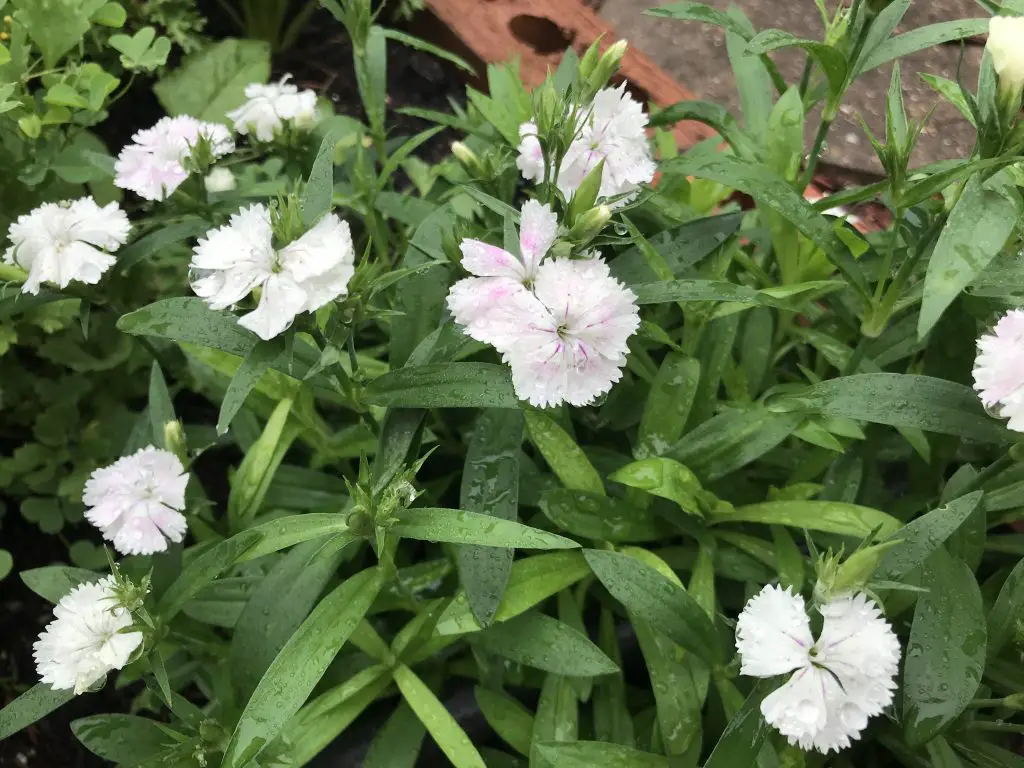
Dianthus
Dianthus is a popular spring flower grown as an annual but can become a perennial in a mild climate. The name derives from the Greek (Dios) divine (Anthos) flower. The most outstanding benefit of dianthus is that it improves urinary tract function.
How to grow dianthus?
Dianthus flower is readily available in nurseries and garden centers. Usually planted in the fall or early spring. It is a cool-season flower but can survive the heat if provided some shade.
How to make dianthus tea?
To make dianthus tea, remove the petals from their base as it is bitter, then steep one tablespoon of petals in one cup of boiling water for five minutes.
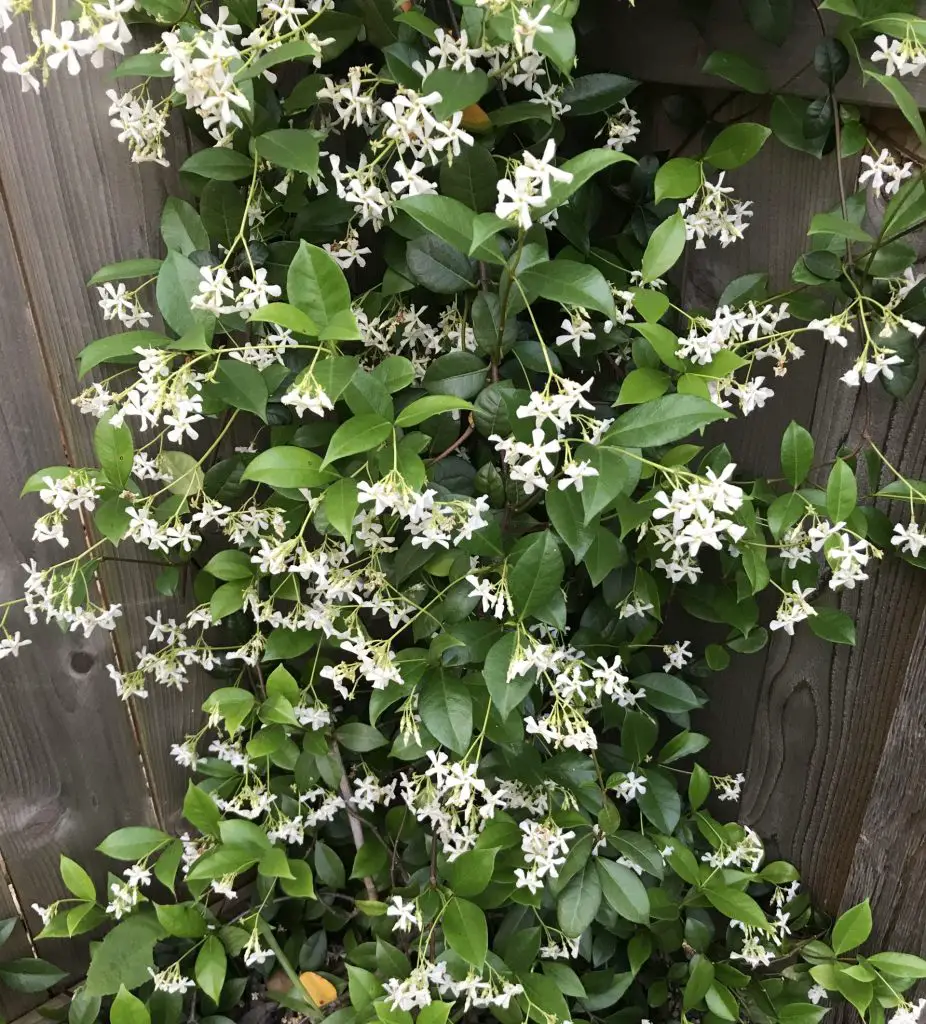
Jasmine
Jasmine is a beautiful vine with fragrant star-shaped white flowers. It is a perennial that mainly blooms in spring. In North African countries, it is a tradition to put jasmine flowers in the sugar jar to infuse it. Jasmine tea can work like a sleeping tea for its relaxing effect. In some cultures, it is considered an aphrodisiac and given as a drink to the bride and groom.
How to grow jasmine?
Jasmine vine is available in garden centers around the year. However, it grows best in full sun and well-draining soil. Exercise some patience as jasmine takes some time to establish itself to take off.
How to make jasmine tea?
To make jasmine tea, you must first infuse green tea leaves with it. Next, fill a glass jar with alternate layers of jasmine flower and green tea leaves. Close it tight and leave it for 24 hours. To brew, steep one teaspoon of this mix in a cup of boiling water for five minutes.
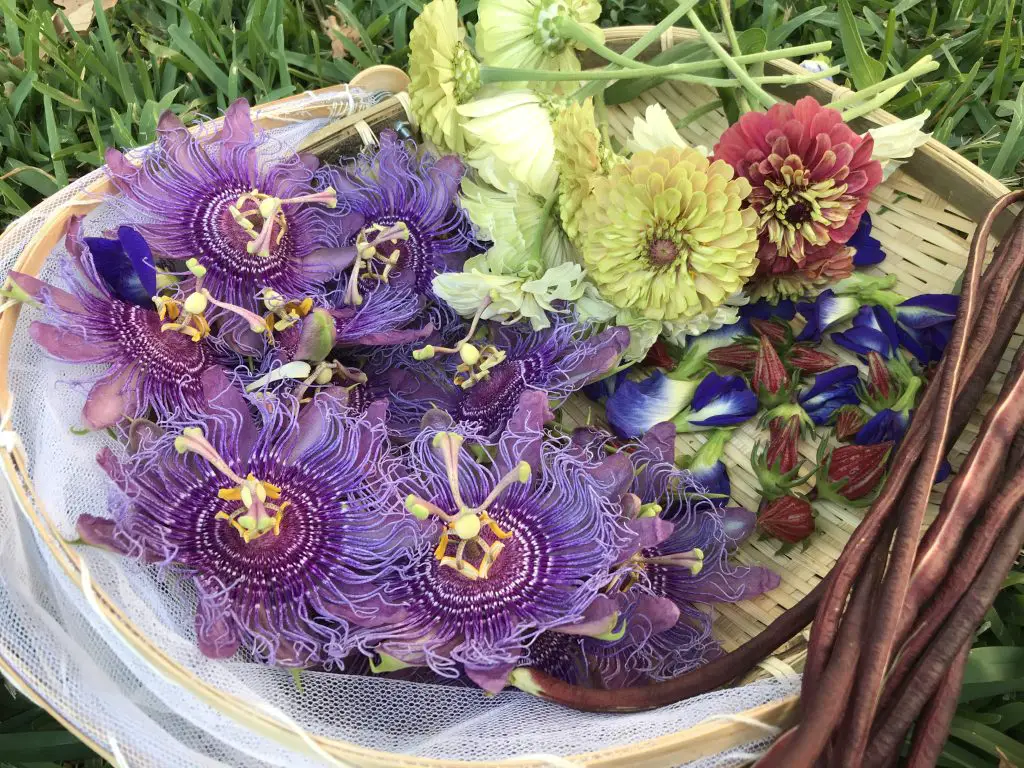
Passion vine
This unique-looking flower does not seem to find the right spot in the gardener’s heart. It grows fast and blooms non-stop, but it is invasive and can take over your yard. Passionflower is regarded as a sedative and has been used to treat insomnia and hyperactivity.
How to grow passionflower?
Passionflower vine is available in nurseries from spring through summer. Plant it anywhere in the garden close to a fence or an arbor. It is a climber that can reach ten feet high. The flowers only last for one day, but the plant blooms daily, so it never runs out.
How to make passionflower tea?
You can make tea with dried or fresh flowers. Mix two to three flowers in a cup of boiling water to brew. Allow it to steep for five minutes. The longer you leave it, the more concentrated the tea. Since this tea is supposed to help with sleep, it is a good idea to test it gradually.
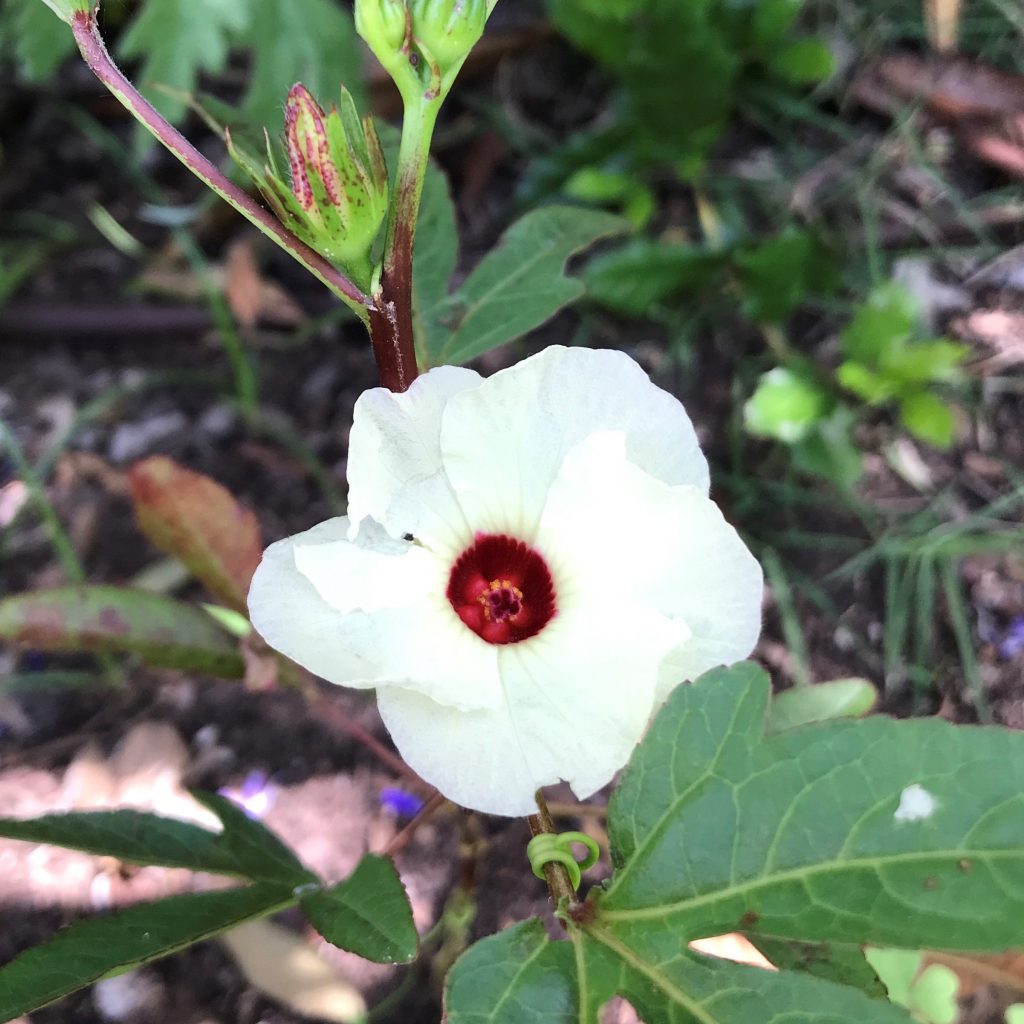
Roselle
The Roselle flower is a shrub-like plant that lives in tropical regions. It grows annually, where you save seeds for the following season. It thrives in hot weather, and its flower lasts one day to form this beautiful berry-like calyx. The latter make delicious tangy tea and savory jams. In addition, Roselle tea help cleanse the digestive system and improves urinary tract function.
How to grow roselle?
Start roselle seeds in winter and baby the seedling through spring. Plant them up as soon as the weather is constantly warm. Choose a spot with full sun and well-draining soil. The transplant will stall before it grows into this wide shrub. After the flower closes, wait for two to three weeks before harvesting.
How to make roselle tea?
Mix one tablespoon of dried roselle calyx with a cup of hot water. Cover and allow to steep for five minutes. The longer you leave it, the tangier the flavor is.

